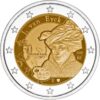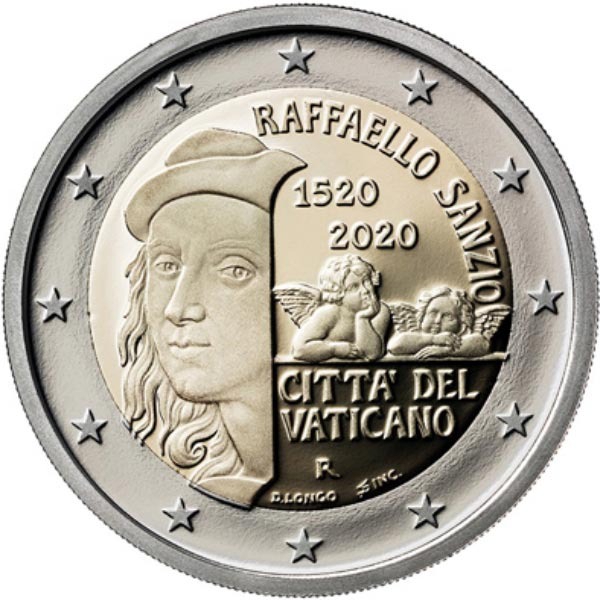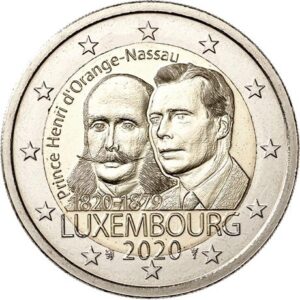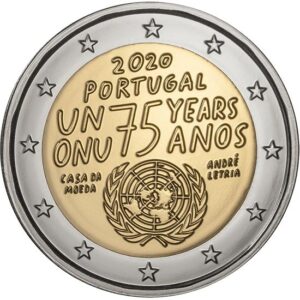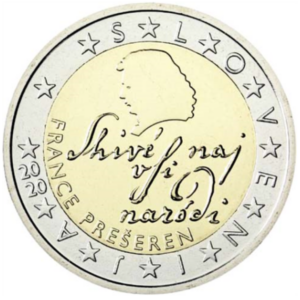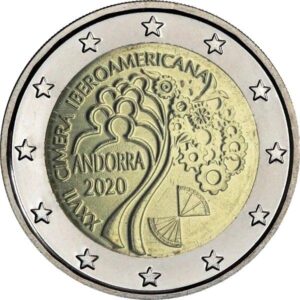2€ Vatican 2020 -500th Anniversary of the Death of Raphael
2€ Vatican 2020 -500th Anniversary of the Death of Raphael
€59,00
Raphael was an Italian painter and architect of the High Renaissance. His work is admired for its clarity of form, ease of composition, and visual achievement of the Neoplatonic ideal of human grandeur. Together with Michelangelo and Leonardo da Vinci, he forms the traditional trinity of great masters of that period
Mintage: 67 000 coins
Out of stock

